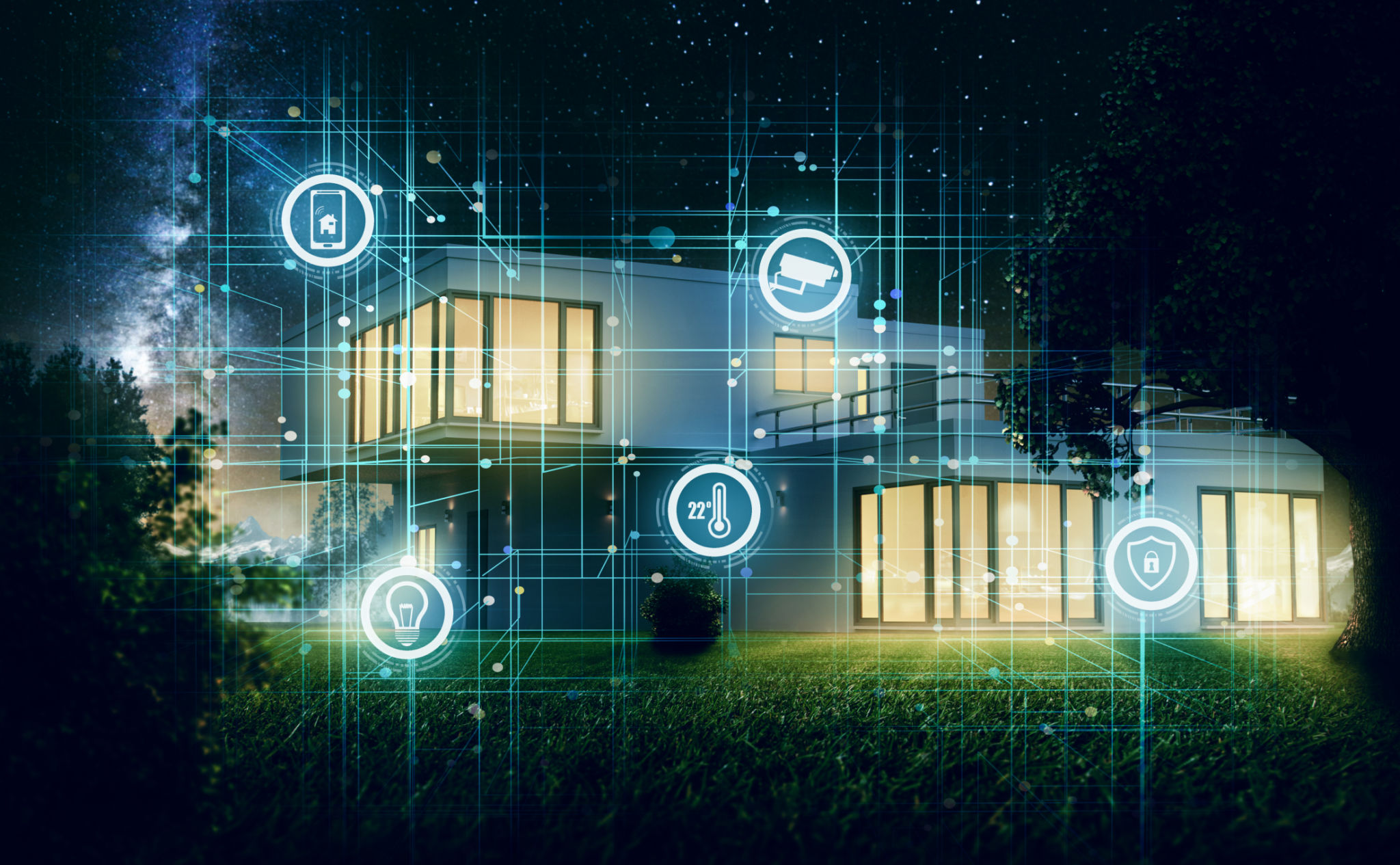Smart Technology Integration: A Step-by-Step Guide for Beginners
Understanding Smart Technology
In today's ever-evolving digital landscape, smart technology is becoming more integrated into our daily lives. Understanding what smart technology is and how it can benefit you is the first step toward successful integration. Essentially, smart technology refers to devices and systems that use connectivity to automate tasks, enhance efficiency, and provide intuitive user experiences. From smart thermostats to voice-controlled assistants, these technologies can make life easier and more efficient.

Assessing Your Needs
Before diving into the world of smart technology, it's crucial to assess your specific needs. Consider what aspects of your daily routine could benefit from automation. Do you want to enhance home security, improve energy efficiency, or simply streamline daily tasks? By identifying your priorities, you can focus on integrating technologies that align with your lifestyle and goals.
Creating a Budget
Once you've identified your needs, it's time to establish a budget. Smart technology can range from affordable to high-end, depending on the features and functionalities you desire. Outline a budget that balances cost with convenience, ensuring you invest in devices that offer genuine value. Research different brands and products to find the best options within your price range.
Choosing the Right Devices
With your needs and budget in mind, it's time to choose the right smart devices. Start by exploring popular categories such as smart lighting, thermostats, security cameras, and home assistants. Many devices offer compatibility with each other, creating a seamless smart home experience. Look for products that are user-friendly and come with strong customer support.

Installation and Setup
Installing and setting up your smart devices is a crucial step in the integration process. Most devices come with user manuals and online resources to guide you through the installation. Be sure to follow instructions carefully to ensure everything is set up correctly. For more complex systems, professional installation may be advisable to avoid any potential issues.
Connecting Devices
A significant advantage of smart technology is its ability to connect multiple devices into a cohesive system. Use a central hub or a voice assistant like Amazon Alexa or Google Home to manage your devices from one place. This connectivity allows for automation and remote control, making it easier to manage various aspects of your home environment.

Maximizing Efficiency
Once your devices are connected, explore their full potential by setting up automation routines. For instance, schedule your lights to turn off when you leave the house or set your thermostat to adjust according to the time of day. These small adjustments can lead to significant improvements in energy efficiency and convenience over time.
Ensuring Security
Security is a crucial element when integrating smart technology into your home. Ensure all devices have the latest firmware updates and use strong passwords for your accounts. Consider investing in additional security measures like two-factor authentication or a dedicated smart security system to protect your data and privacy.
By following these steps, beginners can successfully integrate smart technology into their lives, enhancing convenience, efficiency, and security. As you become more comfortable with these technologies, you'll discover new ways they can improve your daily routine.
